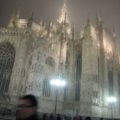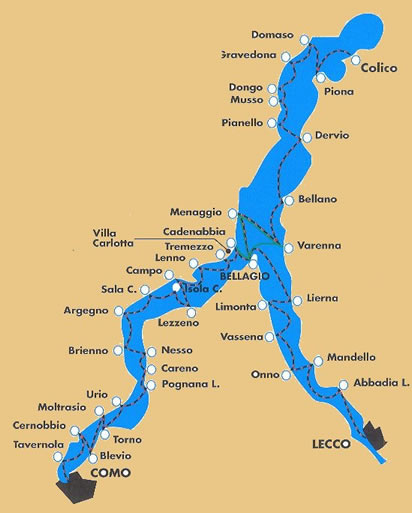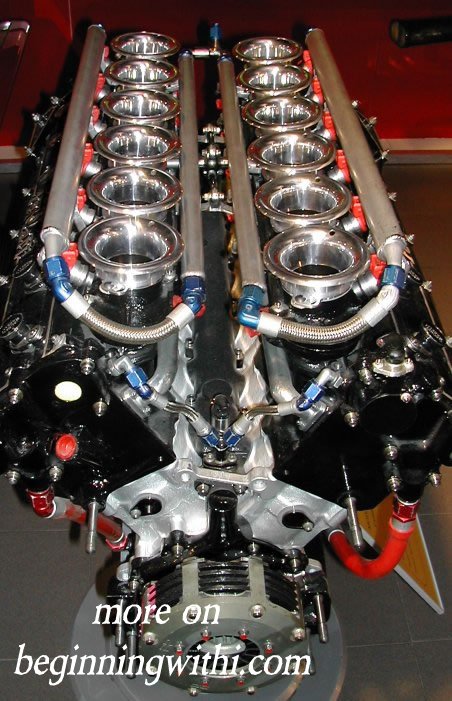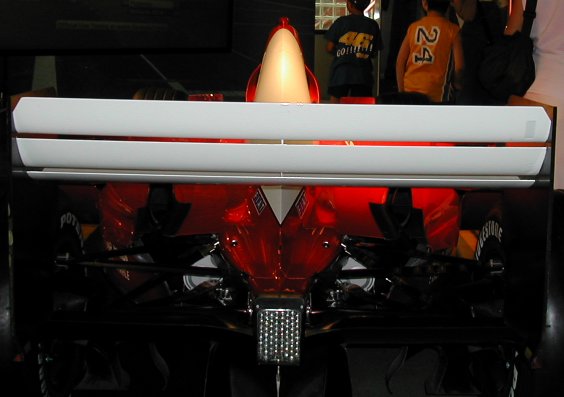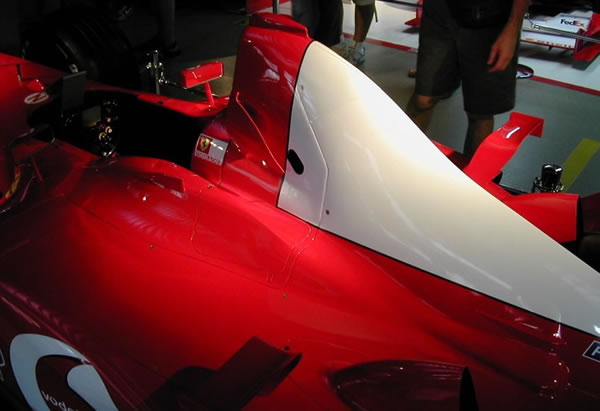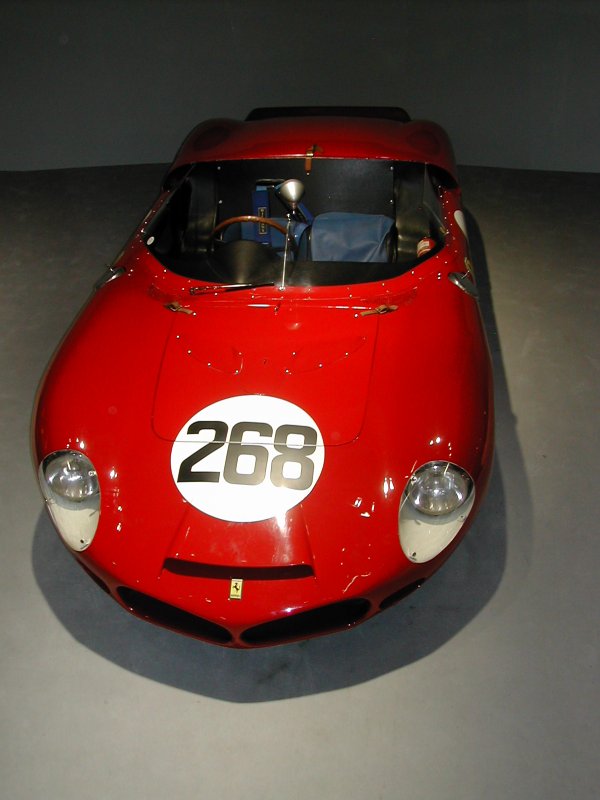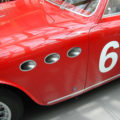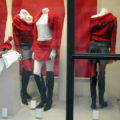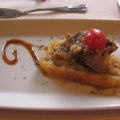I may have to eat my words about Italians not wearing shorts. I’m seeing more and more of them doing exactly that. And men in baggy capri-length pants, with big clunky sneakers, yet! What is Italy coming to?
Fabrizio said something to me years ago that always stuck in my mind (though it took me years to act on it): In Italy, dressing well is considered an act of courtesy towards others.
Not every Italian thinks this way, nor abides by it all the time, but, as cultural markers go, I’d say that this is a sign of an advanced civilization. When somebody goes out in public dressed like a slob, what are they saying about their attitude towards you, who have to look at them?
I am permanently scarred from the vision, 20 years ago, of an American woman in a supermarket in Jakarta (Indonesia) wearing sloppy clothes, with her hair in curlers. Maybe going shopping in curlers was normal where she came from, but I cringed at her doing it in a country where she was a guest, and, by shared nationality, implicated me in her rudeness.
Share your own tips on dressing for Italy

